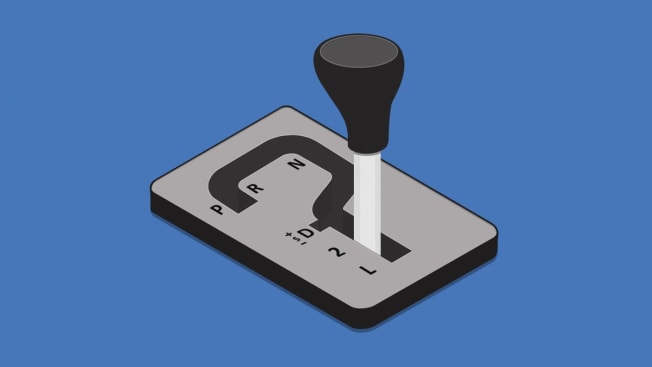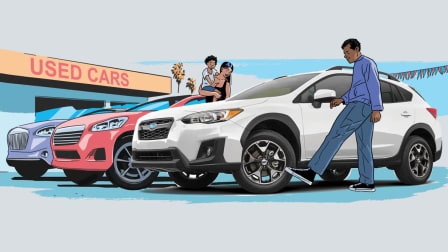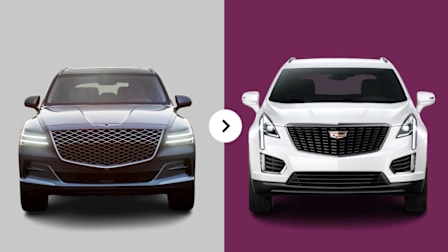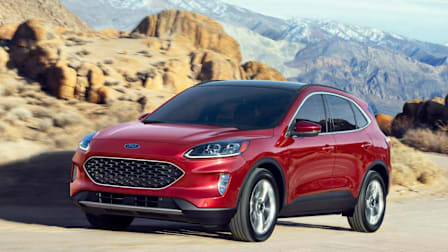How to Unlock Your Car Shifter's Secret Powers
CR's experts decode the functions behind L, 2, S, and B

Most people give little thought to their car’s shifter.
According to a recent CR survey, more than 99 percent of CR members reported driving newer cars with an automatic transmission, which requires you to just pop it into Drive or Reverse to go, set it to Neutral at the car wash, and put it into Park at the end of a trip.
L
What it does: L, or Low, keeps an automatic transmission in a low gear, which provides maximum engine power at a very slow speed. (This is similar to the low gears on a bicycle that allow you to pedal up a steep hill.)
When to use it: “Shift into L when you need a lot of power to, say, pull a boat out of the water, or when you want more control and not much speed, such as when you’re navigating down a steep part of an unpaved or slippery road or trail,” Ibbotson says. “Shifting into L allows the engine to assist the brakes when you’re trying to maintain a low, controlled speed on a descent.”
2
What it does: Depending on the model, selecting 2 keeps the transmission from shifting past second gear, which will give your tires more turning power than in Drive, but less than in Low. Selecting 2 will also allow you to drive at higher speeds than when in Low.
When to use it: “Select 2 when you’re stuck in a snowbank or trying to make your way out of deep sand or mud,” Ibbotson says. “That will help keep the wheels from spinning as fast as they would in Drive, and may give you the traction you need in those scenarios. You can also use it to maintain a slow speed with less braking when driving down long, steep declines.”
Manual or S
What it does: Switching to manual or S mode (usually by pushing a button, sliding the shifter handle sideways, or clicking the paddle shifters behind the steering wheel) allows you to override the automatic transmission and manually select gears.
When to use it: Manual mode allows you to tap into power that lurks within the car and delay shifts for a sportier driving experience. “It can make driving an automatic more fun,” Ibbotson says. “It’s also a handy way to slow the car without braking and potentially overheating the brakes if you’re on a roadway with steep downhill grades.”
B
What it does: B stands for “braking” and is found in many EVs and hybrids, and in some models with a continuously variable transmission (CVT). It uses regenerative braking or the drivetrain (or, in some hybrid models, both) to slow the car. “The best-known car with this feature is the Toyota Prius,” Ibbotson says.
When to use it: “It’s a good way to avoid wear on the brakes when driving down a long decline or the road is slippery, because the car will slow down as soon as you lift your foot off the accelerator, which can be smoother than stepping on the brakes and causing the wheels to lock and the car to slide,” Ibbotson says.
Editor’s Note: This article also appeared in the November/December 2023 issue of Consumer Reports magazine.




















